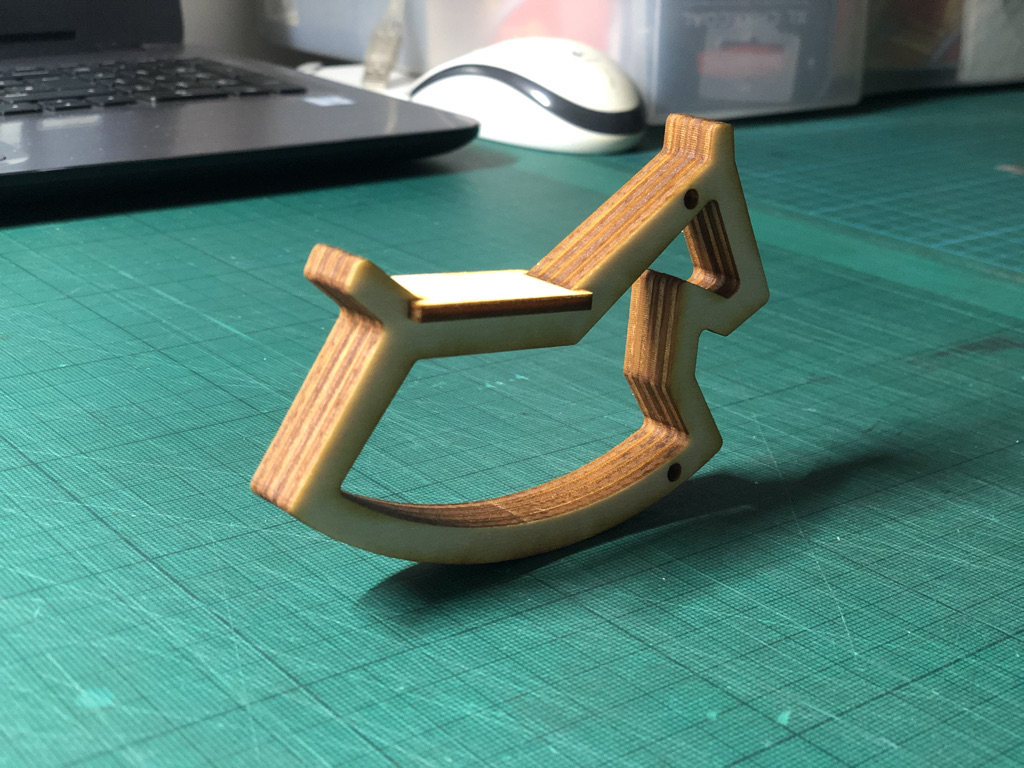Thinking about Laser Cutting in Wood for your next project? Many makers and small brands in the UK use it for signs, gifts, models, and parts. It looks neat. It is fast. But is it worth it for you? This guide explains what it is, the pros and cons, real results you can expect in the UK, and simple tips to get the best finish. It is general advice, so always check with your provider before you order.
What Is Laser Cutting in Wood?
Laser Cutting in Wood uses a strong beam of light to cut or engrave wood. A CO₂ laser is most common. It can cut thin sheets, make fine shapes, and add text or logos. It works on plywood, MDF, and many hardwoods. Each wood behaves in a different way. Some woods burn more. Some cut cleaner. Shops across the UK offer laser cutting services for one-offs and short runs.
Pros of Laser Cutting in Wood
- ✅ Very precise cuts
The laser can follow tight curves and tiny details. It is great for patterns, inlays, lettering, and filigree. - ✅ Smooth, ready-to-use edges
Edges are sharp and neat. The kerf (the cut line) is narrow, so there is less waste. - ✅ Fast for custom work
Simple changes to a file are quick. This is ideal for prototypes and bespoke gifts. - ✅ Clean engraving
You can add logos, names, and marks in one job. Engrave and cut without changing tools. - ✅ Repeatable results
The file which you have set can produce 10 or 100 pieces of the same quality.
Cons of Laser Cutting in Wood
- ⚠️ Burn marks and dark edges
The heat can leave a brown edge and smoke marks on the top. You may need light sanding or masking. - ⚠️ Limits on thickness
Most shops cut 3–6 mm wood with ease. 9–12 mm is slower and can char more. Very thick wood is not ideal. - ⚠️ Fumes and safety
Plywood glue and MDF make smoke. Good extraction is a must. Never cut PVC. Always ask your provider what is safe. - ⚠️ Cost for simple jobs
For long straight cuts, a saw or CNC router might be cheaper. Laser shines on detail, not planks. - ⚠️ Natural wood can vary
Knots, resin, or warp can mark or change the cut. Results can vary by sheet.
Real Results You Can Expect in the UK
Quality and finish
Laser edges are crisp and often dark. Many people like this look for contrast. If you want light edges, pick pale woods like birch or poplar and use masking tape. A quick sand and clear coat will seal the edge and stop soot transfer.
Speed and lead times
For small projects, UK laser cutting services can turn jobs around fast. One to five working days is common, but same-day is possible in some cities if your files are ready.
Cost ranges (typical, not a quote)
Prices change by city, machine power, material, and file prep. As a rough guide:
- Small items (coasters, tags, keyrings): from about £15–£40 per small batch.
- One-off signs (A4–A3, 3–6 mm birch ply): about £30–£90.
- Short runs (50–100 parts): some shops charge per minute (for example £1–£3) plus a setup fee (for example £10–£30).
Ask for a fixed quote. Share your file, size, wood type, and thickness.
Best materials for neat cuts
- Laser-grade birch plywood (low glue, cuts clean)
- Poplar ply (very light colour, low burn)
- MDF (smooth engraving; heavier and smoky)
- Hardwoods like oak or walnut can work, but may cut slower and char more
Is Laser Cutting in Wood Worth It for You?
Laser Cutting in Wood is worth it if you need:
- Detailed shapes that are hard to saw
- Clean, repeatable parts for small batches
- Engraving and cutting in one step
- Fast changes from prototype to final
It may not be your best choice if you need:
- Very thick parts (over about 12 mm)
- Long, straight cuts in bulk
- A pale, unburnt edge without sanding
If you sell custom gifts, signs, models, or décor in the UK, laser cutting services can save time and give a pro finish. For furniture frames or heavy joinery, a CNC router or table saw could be better.
Tips for Better Laser Cutting in Wood (UK)
- Pick the right sheet
Ask for laser-grade birch ply. It has fewer voids and cleaner glue. Poplar ply burns less and keeps edges pale. - Use masking
Low-tack tape on the top face helps stop smoke marks. Peel it after cutting, then sand lightly. - Design with kerf in mind
Leave a small gap for parts that slot together. A common kerf is around 0.1–0.2 mm, but ask your shop for their value. - Keep fine parts strong
Make narrow lines at least 0.8–1 mm wide. Tiny tabs can snap. Round inside corners help reduce stress. - Prepare the right files
Vector files (SVG, DXF, AI, EPS) work best. Put cut lines on one layer and engrave lines on another. Use hairline strokes for cuts. - Finish smart
A light sand, then a clear spray or oil will seal edges and lift colour. Test on scrap first. - Talk to your provider
Share your goal, budget, and deadline. UK laser cutting services can suggest the best wood, thickness, and settings for a cleaner edge.
Final Verdict: Is Laser Cutting in Wood Worth It?
Yes—when you want fine detail, quick turnaround, and repeatable parts, Laser Cutting in Wood is a strong choice. You will get neat edges, tight shapes, and pro engraving. Watch for burn marks, thickness limits, and smoke. For thick or simple straight cuts, try other methods.
Ready to try it? Get two or three quotes from UK laser cutting services. Ask for a small test cut in your chosen wood. Check the edge, the colour, and the fit. With the right file and sheet, your results can look great—and sell well.

